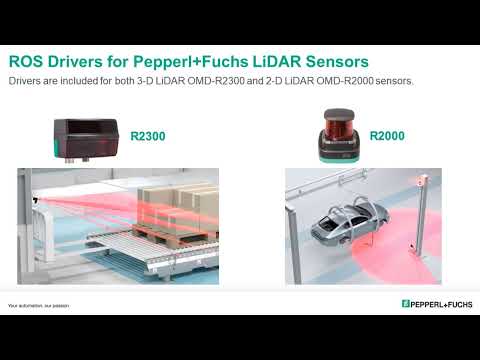
Outside of remote field operations—such as pumps and meters located around vast oil fields—the thought of using wireless devices in industry was largely a non-starter just a few years ago. But that mindset has been changing quickly as more wireless communication pathways have successfully completed testing inside the four walls of production facilities across the process and discrete manufacturing industries.
Though wireless is not always the best or even appropriate communication method for every industrial application, it is well-suited to a number of core functions ranging from applications such as temperature and pressure measurements to equipment condition monitoring and control. Now that the general aversion to use of wireless networks in industry is fading, the biggest hurdle that remains is all the installed legacy equipment that is not likely to be removed any time soon.
To address this issue, theHART Communication Protocol Specificationspecifies a WirelessHART adapter to bring WirelessHART to conventional HART devices or 4-20mA field devices. WirelessHART combines international HART standards with the license-free 2.4 GHz band for sensor networks corresponding to IEEE 802.15. “The WirelessHART network is based on mesh topology, meaning that every wireless sensor can act like a repeater as well as a router to receive and transmit data from any other sensor or the gateway,” says Ted Masters, president and CEO of the HART Communication Foundation. “The WirelessHART network is self-organizing and self-healing and independently finds the best path for data from the sensor to the gateway. Because of this capability, a WirelessHART network is not limited by the range of a central gateway.”
As the main component in a mesh network, WirelessHART gateways act as the interface between the mesh network and the control system or asset management system. “They determine the communication path as well as when and which channel is used to communicate between the individual network devices,” Masters says. “The gateway’s main function is to ensure the best use of network resources in terms of reliability, security, and throughput.”
Pepperl+Fuchs, a supplier of WirelessHART adapters, offers these adapters with the option of being battery or externally powered. Its adapters can act as both a router in the mesh network and a power supply for connected field devices. Depending on the measurement cycles and the energy required for a field device, a measurement battery lifetime of several years is possible, according to Sabrina Weiland, product marketing manager for remote I/O and WirelessHART in Pepperl+Fuchs’ Process Automation Division.
For wireless applications with higher power requirements, Pepperl+Fuchs has developed adapters that use an electronically regulated power supply that operates in the input voltage range of 24V DC-230V AC. “These externally supplied WirelessHART adapters enable the integration of energy intensive instruments, allowing use in applications with frequent duty cycles as well as radar and ultrasonic applications,” says Weiland. “The devices receive and recognize radio signals after configuration, and autonomously build up the link to adjacent network devices. In multi-drop mode, up to four HART devices can be connected to the adapter. In case of power loss, internal energy storage ensures radio operation for at least one hour.”
Despite the ease of deploying self-configuring mesh networks such as WirelessHART, industrial networks tend to become complex—especially when it comes to determining the extent of wireless coverage in a plant. To help with the planning and installation of complex wireless networks in big plants, Pepperl+Fuchs offers the “Wireless Network Checker”, a 3D simulation software that illustrates areas with good network coverage, poor network coverage, and the locations where a repeater must be installed.



































